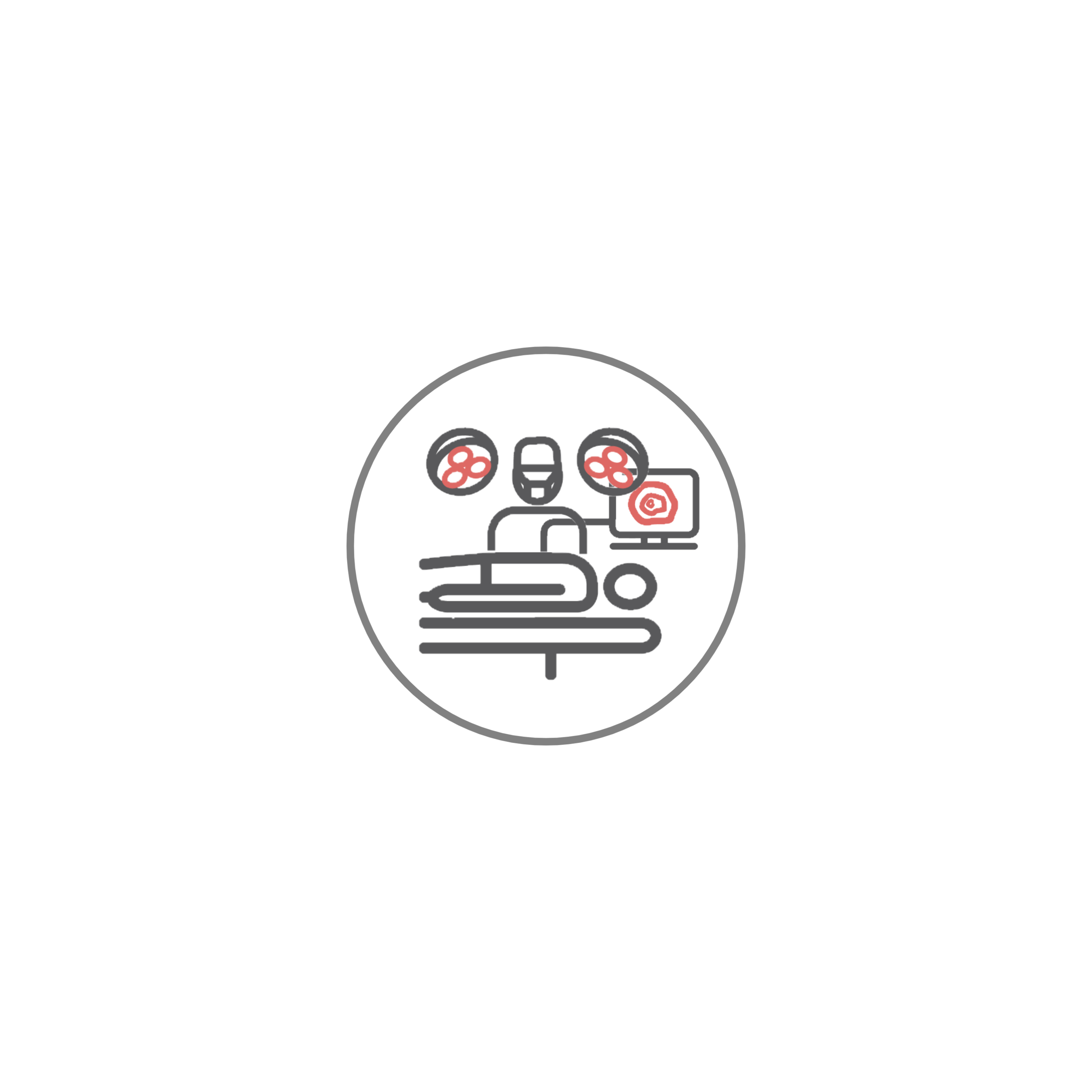
Cancer Care Pathway for Liver Cancer
FACTS
Secondary cancer in the liver are more common than primary cancers and accounts for 95% of liver cancer diagnosis
Approximately 1840 people are diagnosed with primary liver cancer in Australia
An estimated 28,000 people are diagnosed with secondary liver cancer in Australia
SYMPTOMS
Yellow appearing skin & eyes (jaundice)
Unexplained weight loss
Fatigue
Dark urine & pale stools
Severe abdominal pain
Upper right side abdominal pain or right shoulder pain
Swollen abdomen
Fever
Itchy skin
What is Liver Cancer?
The liver is part of the body’s digestive system. There are two main sections of the liver, called the left and right liver lobes. The liver’s blood supply is reliant on the hepatic artery, bringing blood from the heart and carrying oxygen, and portal vein, coming from the stomach bringing to the liver various nutrients as well as substances like alcohol and medicine. The liver has a major role in breaking down, storage and production.
The liver stores:
Sugars (glucose) and assists in releasing when needed.
Nutrients
The liver produces:
Proteins needed to help with blood clotting and fluid balance
Bile, which helps dissolve fat for easier digestion
The liver breaks down:
Alcohol and drugs and rids the body of toxins
In your initial consultations you may hear the terms primary and secondary (or metastasis) in reference to your tumour. These terms refer to whether your liver tumour is the first (primary) tumour or if it is the result of another tumour that has started somewhere else in the body (secondary/metastasis).
Primary Liver Cancers
Hepatocellular carcinoma (HCC) is the most common primary cancer of the liver and originates from the hepatocytes which are the main liver cells. Hepatocellular carcinomas are more commonly found in patients who have underlying liver disease caused by lifestyle factors such as obesity, drinking and hepatitis B or C.
Cholangiocarcinoma also known as bile duct cancer is a less common primary liver cancer and originates from the bile ducts. Bile ducts connect the liver to bowel and gallbladder.
Secondary Liver Cancers
As mentioned, secondary liver cancers are cancers that have started elsewhere in the body and metastasised to the liver. The most common is Colorectal Liver Mets (CRLM). This is when liver cancer is secondary to a primary bowel or rectal cancer. However, it can be the result of any primary cancer including: melanoma, breast cancer, uterine cancer, kidney cancer and lung cancer.
Before your doctor can confirm your diagnosis, you will probably have to undergo a number of different tests and procedures. Below are a list of the common tests used to confirm liver cancer, and an explanation of why we do these.
Diagnosis: What to Expect
Multidisciplinary Meeting
After your investigations have been completed, your case will be discussed at a multidisciplinary meeting (MDM). This meeting is made up of surgeons, oncologists, radiologists, pathologists and the allied health team to collaboratively discuss your diagnosis and determine the best individualised treatment pathway for your disease. Your cancer will be staged by what is referred to as the “TNM” Staging System. Once this has been determined, you will meet with your surgeon again. This will take you through to the treatment phase of your journey.
Meet the Team
-

Surgeon
At this appointment, you will meet with the surgeon, fellow or registrar to discuss your diagnosis and treatment options. If this includes surgery, the surgeon will talk you through the operation, risks and benefits so that you can make informed decisions.
-

Cancer Nurse Coordinator
Your meeting with the cancer nurse may coincide with any of the above appointments depending on your treatment. Here, you will be provided with contact details for a central contact at the hospital, educational resources and you will have the opportunity to ask any questions you have about your care.
-

Medical/Radiation Oncologist
If your treatment involves pre-operative chemotherapy (known as neoadjuvant treatment), you will meet the medical oncologist. At this point, you may also meet the radiation oncologist. The oncologists work collaboratively with the surgeons to ensure you are receiving the best care possible.
-

Anaesthetist
Will assess your fitness for surgery and talk you through the medications and pain relief administered during the surgery.
-

Dietitian
Some of you will be referred to a dietitian at the time of diagnosis. This will give you an opportunity to optimise your nutrition prior to treatment and allow ongoing support both in and out of the hospital.
-

Physiotherapist
Will guide you in enhancing your physical fitness for pre-habilitation before surgery and in mobilising and keeping active after surgery.
-

Psych-Oncologist
Will review mental health issues related with your cancer diagnosis.
Please Note: If you are having surgery, you will also meet a number of people involved in your “Pre-Surgery” planning and assessment. Your Cancer Nurse Coordinator will take you through this in more detail during your appointment.

Resources
A Common Path: Liver Cancer - Victorian Integrated Cancer Services
Liver Cancer - Your Guide to Best Cancer Care - Cancer Council
Understanding Liver Cancers - Cancer Council Victoria







